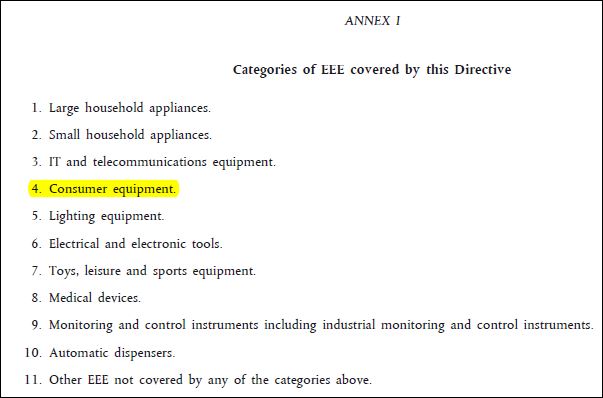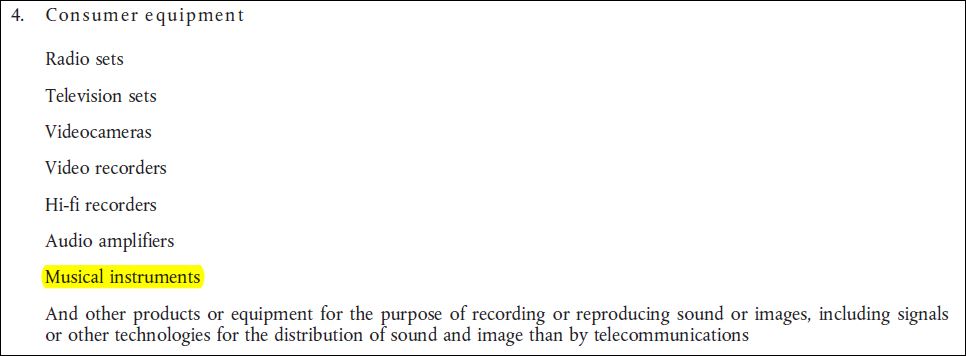
The world has many good guitar manufacturers but it is commonly accepted that the very best guitars are made in the United States. Few guitar players will dispute that.
In the world of acoustic guitars there are three ‘big’ manufacturers that offer USA made acoustic guitars. Since they are universally known to be of very high quality they are frequently exported to the EU. Acoustic guitars are made from the combinations of mahogany, rosewood, spruce, & ebony in more than 90% of the builds seen for sale.
Electric guitars are usually made from mahogany and rosewood. Maybe maple also. I am not 100% sure because I do not play electric guitar, there could be other woods used. Electric guitars have something else also: electric function. Electric guitars have magnetic devices in the middle (bridge pick up) and where the neck meets the body of the guitar (neck pick up). These pick ups transmit the sound from the steel strings to an amplifier by electric signal typically through a cable.
That makes electric guitars in the scope of the RoHS Directive 2011/65/EU. The scope of RoHS (RoHS is short for “restriction of hazardous substances”) is pretty broad: basically, anything with any electric function is in-scope. See Article 2, Scope (1.):

Next, see Annex I (4):

The RoHS Directive 2011/65/EU is a CE marking Directive and requires reference on the declaration of conformity. It shares many similarities with another Directive: the Waste Electrical and Electronic Equipment (WEEE) Directive 2012/19/EU. WEEE is not a CE marking Directive but has its own mark and requirements which will not be discussed in this article. The RoHS Directive refers to the WEEE Directive, and in particular, the scope of applicability is linked as is the definition of the types of equipment indicated in Annex I of 2011/65/EU.
The original (now expired) WEEE Directive 2002/96/EC offered an “indicative list” of equipment. See point 4 of Annex IB:

This means that musical instruments with electric function are considered consumer equipment, and electrical and electronic equipment, and in the scope of the RoHS Directive 2011/65/EU. Therefore, they are required to comply and carry a CE marking.
This also means that electric guitars are in the scope of RoHS 2011/65/EU and acoustic guitars are not in its scope. But, there are some acoustic guitars with a pick up system installed. Therefore, some acoustic guitars are in the scope of RoHS. That means that instead of two type of guitars there are really three:
- Acoustic guitars, no electric function
- Electric guitars
- Acoustic guitars with a pick up and electric function.
Since RoHS applies to electrical and electronic equipment that means that electric guitars and acoustic guitars with a pick up must comply with RoHS but strictly acoustic guitars should not comply with RoHS – and therefore no CE marking.
I frequently look at guitars in different retailers and have noticed that one of the three US manufacturers of guitars has placed a CE marking on the labels inside of their strictly acoustic guitars. I do not know why the CE marking is on the labels but I speculate that either they do not know and print it on all of the labels. Or they do know and chose to ignore it because of the associated cost of having different labels and tracking the labels.
Technically, this is illegal. See Article 15 (3.) from RoHS 2011/65/EU –

And, Article 23 –

It can be very challenging for a company to determine what is applicable, what markings must be applied, and which must be omitted. We work on this every day, all day.
Want some help to understand the requirements of CE marking and your EU project? F2 Labs helps manufacturers across the globe every day with small and large products. We have experts who quickly determine what is applicable to the equipment, legally and technically.
We can be contacted via this link. We can be reached by phone at 877-405-1580 and are here to help you.
F2 Labs is here to help.

